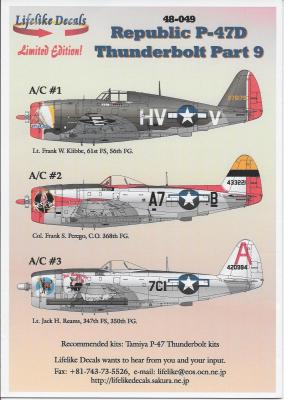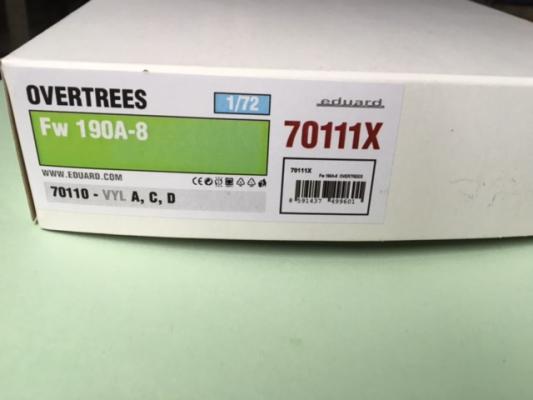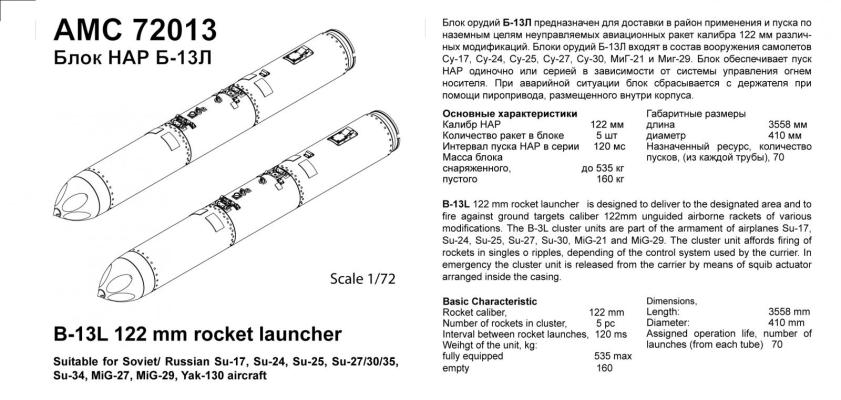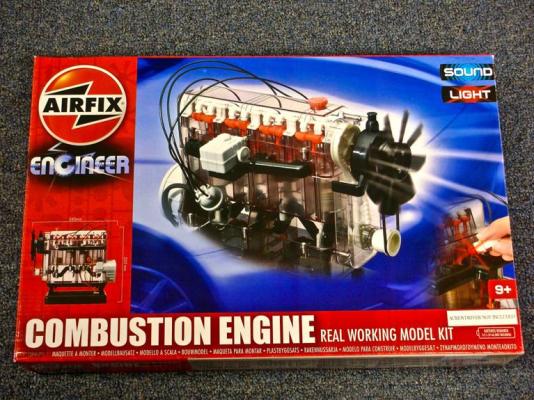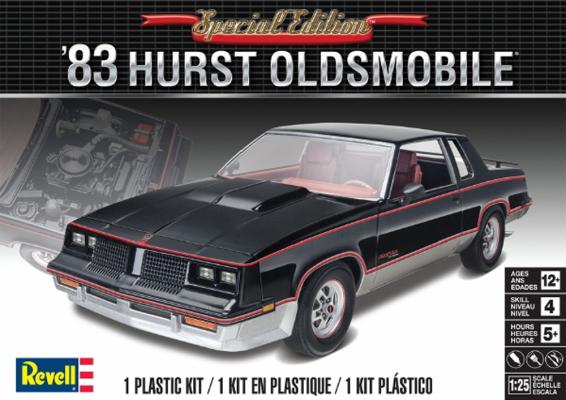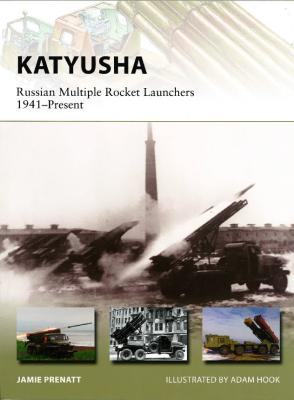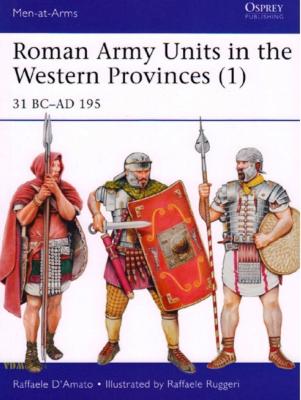The Mark 82 serMK82 AIR is a 500 pound bomb modified with a BSU-49/B high drag tail assembly. The "ballute" air bag which deploys from the tail provides a high speed, low altitude delivery capability by quickly slowing the bomb and allowing the aircraft to escape the blast pattern. The tail assembly consists of a low-drag canister unit containing a ballute (combination balloon and parachute), and a release lanyard assembly that opens the canister releasing the ballute. The ballute assembly is made from high strength low porosity nylon fabric. When the bomb is released from the aircraft a lanyard unlatches the back cover which opens, releasing part of the nylon bag/retarder. Air turbulence at the rear of the bomb acts on that portion of the retarder, pulling the remainder out of the housing. Ram air inflation is accomplished through four air inlet ports toward the aft end of the ballute.
Reviews
Likelike Decals from Japan just released a few new sheets, and this one covers the P-47D Thunderbolt. Having just reviewed the Mustang sheet released at the same time, you will find some similar comments in this review!
This is yet another example of Lifelike providing a comprehensive set of contents in a standard Ziploc decal bag. Along with a full color placement guide, there is one full page of decals, printed by Microscale, that contains most of the individual markings and a full set of stencils. There is an additional ½ page, also printed by Microscale, containing at least two sets of national insignia (including the oversized stars and bars common on the underside of both wings of some P-47s). Finally, there is a small third sheet, printed by Cartograf, that contains the personal insignia for each aircraft.
The 3 markings options are:
Over the past 30 years Californian Erik Simonsen has worked as a manager and director of communications in the aerospace industry. An avid aviation photographer since the 1960s, Erik also has an intense interest in astronomy and has served as a planetarium director and program manager. Honing skills acquired from a graphics and fine arts background, his blending of aviation photography with special effects techniques has delivered eye-catching imagery. Erik Simonsen’s photography has been featured in corporate advertising and various aerospace-related magazines including, Aerospace America, Air Force Magazine, Aviation Week & Space Technology and Flight international. A member of the International Society for Aviation Photography (ISAP), American Society of Media Photographers (ASMP), Air Force Association (AFA), U.S. Naval Institute (USNI), The Planetary Society, and Senior Member of the American Institute of Aeronautics and Astronautics (AIAA).
When Eduard released its Fw 190A-8 Royal Class Quattro Combo kit earlier this year it also released overtree sets of each of the four versions that were included in the Combo kit. Kit 70111X was the overtree set for the standard Fw 190A-8 with the four wing-mounted Mg 151 cannons two in the wing roots and the second pair outboard. The upper wing halves have the wing bulges for the outer set of cannons in addition to the inboard bulges for the wing root mounted cannons.
When this huge box arrived, I was excited as it was large (26" x 14" x 6 ") and heavy. It came with no box art, instructions, or decals so I borrowed a set of instructions from HK’s first issue from a friend and also received a PDF file of the new, unfinished instructions. At first glance the kit looked impressive, but it has some of the same problems as the last issue. There were still many injector pin marks on the interior fuselage, and the fuselage parts needed to be washed prior to starting the build because they had a heavy residue on them.
Advanced Modeling is a new company and specializes in Russian and Soviet aftermarket items. They cover 1/48 and 1/72 scale items which are cast in beautiful gray resin. A great set of instructions and comprehensive decal sheet is also included. The resin is firm but not brittle and the details are awesome. For this review, the B13L 122mm rocket launcher is reviewed. It comes with four pieces with a back and front section.
As a bit of background, the S-13 is a 122 mm caliber unguided rocket weapon developed by the Soviet Air Force for use by military aircraft. It remains in service with the Russian Air Force and some other countries. S-13 rockets are shot from 5-tube launchers B-13L, that can be carried by most of Soviet and Russian attack and new fighter aircraft, like Su-17/20/22, Su-24, Su-25, Su-27, MiG-23BN, MiG-27, MiG-29.
The Kit
This is one of the kits in the Airfix Engineer line and is designed to teach, so it’s not really a model of a real combustion engine. Rather, it is a representation, and as such is much simplified. That being said, the kit consists of 92 parts, excluding screws. No glue is required for assembly with everything either being pressure fitted or screwed into place. In addition, no painting is necessary. As a matter of fact, it may not even be possible as all parts that are pressure fitted are of a soft, almost vinyl plastic and getting paint to stay put on them could be problematic. But again, this is a representation, not a model of a real engine and the parts are modeled in several colors to make them stand out.
Hurst Performance started working with Oldsmobile in the late sixties and by the time the ‘80’s rolled around they had perfected not only the hi performance “Lightening” shifter but the awesome looking black over silver appearance package featured on the ’83 Hurst Olds.
The newest in Osprey’s New Vanguard series is authored by Jamie E. Prenatt is a Department of Defense senior analyst, with a particular interest in weapon systems development. He has over 30 years of military and civilian intelligence experience. He holds a Masters in Government/National Security Policy from Georgetown University. He has taught military history, war-gaming, and historical miniature painting at the Smithsonian Institution for several years.
Adam Hook began working as an illustrator in 1983. He specializes in detailed historical reconstructions, and has illustrated Osprey titles on subjects as diverse as the Aztecs, the Ancient Greeks, Roman battle tactics, several 19th-century American subjects, the modern Chinese Army, and a number of books in the Fortress series.
During its heyday the Roman Empire sprawled across the better part of three continents, making it one of the greatest political bodies of its day. To maintain such an empire required an enormous military budget and huge numbers of men at arms (an approach to militarism we can, alas, observe to this day). One of the chief duties of this sprawling military was to hold the edges of this empire from incursion from without.
Osprey Publishing and author Raffaele D-Amato have put together a surprisingly exhausting study of the military units comprising Rome’s Western borders – more specifically, what would someday become England, Germany and France.


